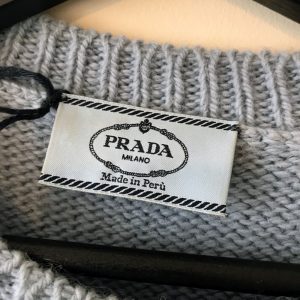Alpaca from Peru stands its versatility, sustainability and quality. The textures, designs and colors of garments made with alpaca are synonymous with some of the best luxury brands in the United States & Europe.
Peru is the number one exporter of Alpaca in the world, and a source for international fashion houses including Prada, Loro Piana, Balenciaga, Max Mara, Ulla Johnson as well as Alicia Adams and Peruvian Connection.

Peru has a long history of textile production, beginning over five thousand years ago with weavers from pre-Inca and Incan cultures. Today, these ancient techniques, mixed with a modern manufacturing industry, have made Peru an emerging leader in the field.
Peru’s garment industry offers the fashion world top-quality and efficient services with optimum lead-times and a sophisticated textile infrastructure required by the international market. Textiles produced in Peru are also duty free in the United States!
Alpaca is more sustainable than many other animal fibers as it does not contain lanolin, a wax found on wool, which needs to be washed and wastes significant amounts of water. Alpaca also has 22 natural tones which allows it to be dyed more efficiently.
Furthermore, Alpacas have a lower impact on the environment as they graze the tops of grasses instead of ripping plants out of the ground, which allows vegetation to quickly grow back.
While goats and sheep have sharp hooves that damage pasture and soil, Alpacas have two toes with toenails on top and a soft pad on the bottom of each foot that minimizes their effect on pasture-land.
The natural habitat of Alpacas is about 3.800 meters above sea level. At this altitude, the water supply is natural and the land is generally not suitable for agriculture so they are using land that would otherwise not be used. Best of all, they benefit 130,000 households across the Peruvian Andes.





